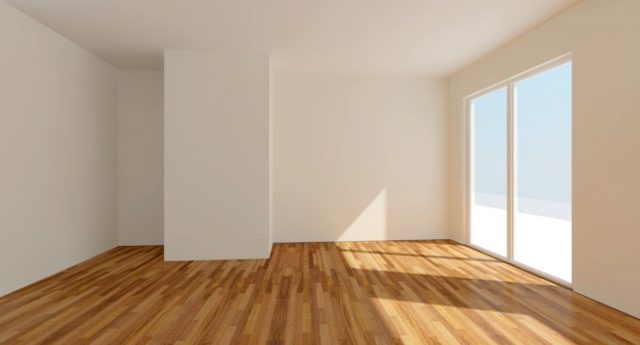If you’re here, you might already know that any construction needs a 3D model to gauge whether it is structurally sound or not. After all, you don’t want to step on a shiny floor and have it cave underneath your foot. This is where 2D and 3D floor plan models and detailing come in. So, what are some ways in which 3d floor plans help?
1. Visual Realism
3D floor plans enable a close-to-life augmentation of spaces. Instead of relying on 2D blueprints that don’t really show you much, your clients will be far more convinced of a 3D augmented reality tour. This detailed visualization does away with any confusion and enables all stakeholders to understand the space better.
2. Space Optimization
It goes without saying that you need a 3D floor plan to help architects explore spaces and strategize how to optimize them. They can shuggle furniture, walls, and other fixtures virtually to make the most comfortable layout.
3. Virtual Reality Integration
One of the biggest advantages is how 3D floor plans segway into virtual reality technology. VR enables clients to walk through virtual spaces, enabling an immersive feeling that is crucial for design validation.
4. Customization
Each project comes with its unique set of design requirements and challenges. 3D floor plans help architects customize design styles in a realistic way that caters to the preferences of the client.
5. Cost Savings
One of the main advantages of using 3D floor plans is the cost savings. The use of 3D floor plans immensely reduces the total time and resources needed to visualize and modify design elements. This leads to a significant overall saving in costs.
6. Better Communication
Another advantage posed by 3D floor planning is that it improves communication. The 3D plans are virtual and, hence, easy to share. They can be accessed by all members of the design team and building team, regardless of where they’re located. This makes it much more accessible for people involved in the team to keep track of potential updates on the design and to collaborate seamlessly.
7. Quality Control
3D floor plans also come in handy when it comes to troubleshooting and analyzing how stale and effective a design is. If something is not up to the mark, it is easy to change the plan and not have to tear down any real progress from scratch. This can help with avoiding major architectural mistakes.
Wrapping Up
This brings us closer to the reason why a 3D model is the first and foremost way you should ideate your floor plan. After all, any establishment or structure needs stability and safety. The only way to make sure it is functional and works well is through a 3D model that you can maneuver and modify. It sets a realistic idea of what things are going to look like.






